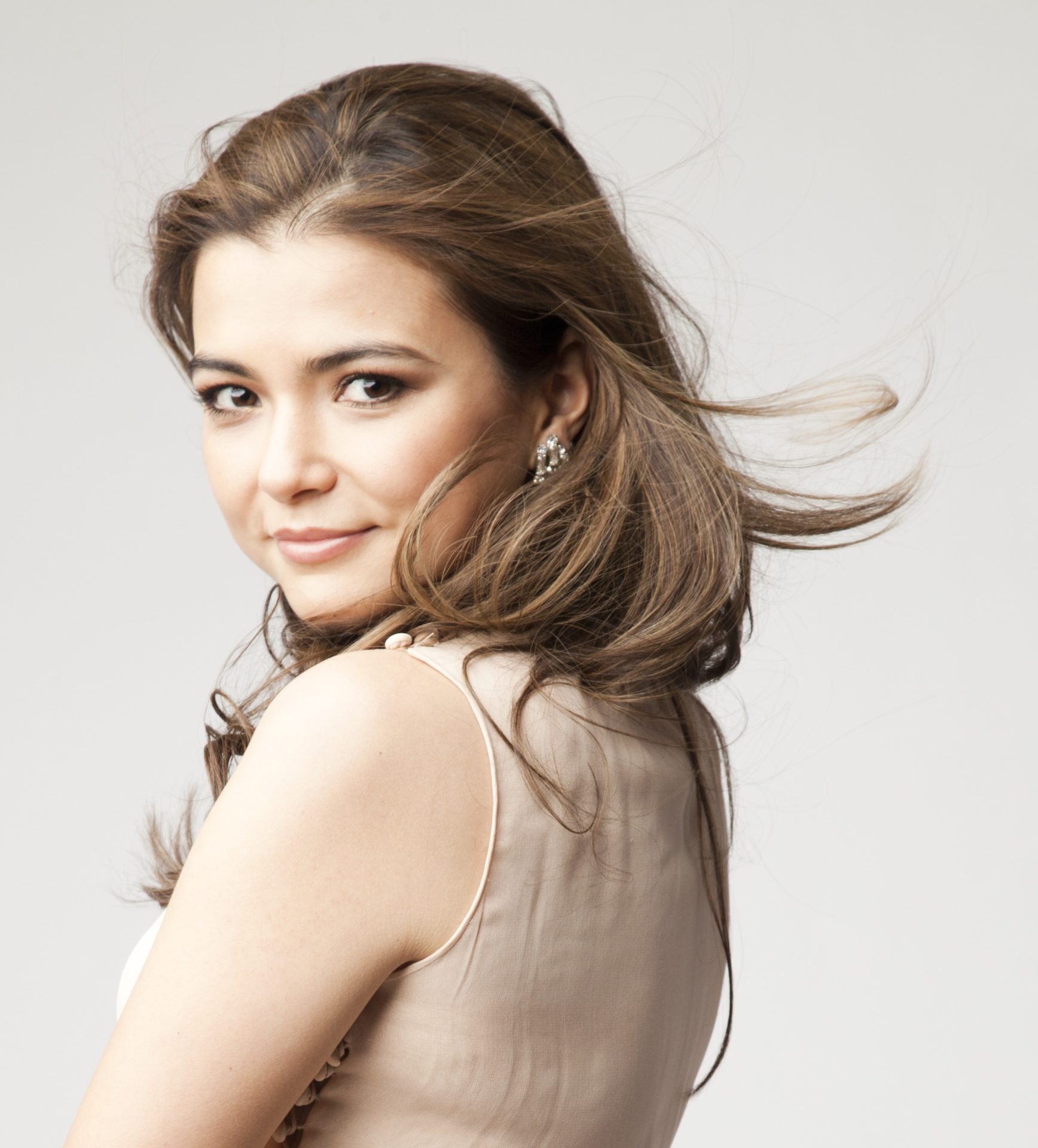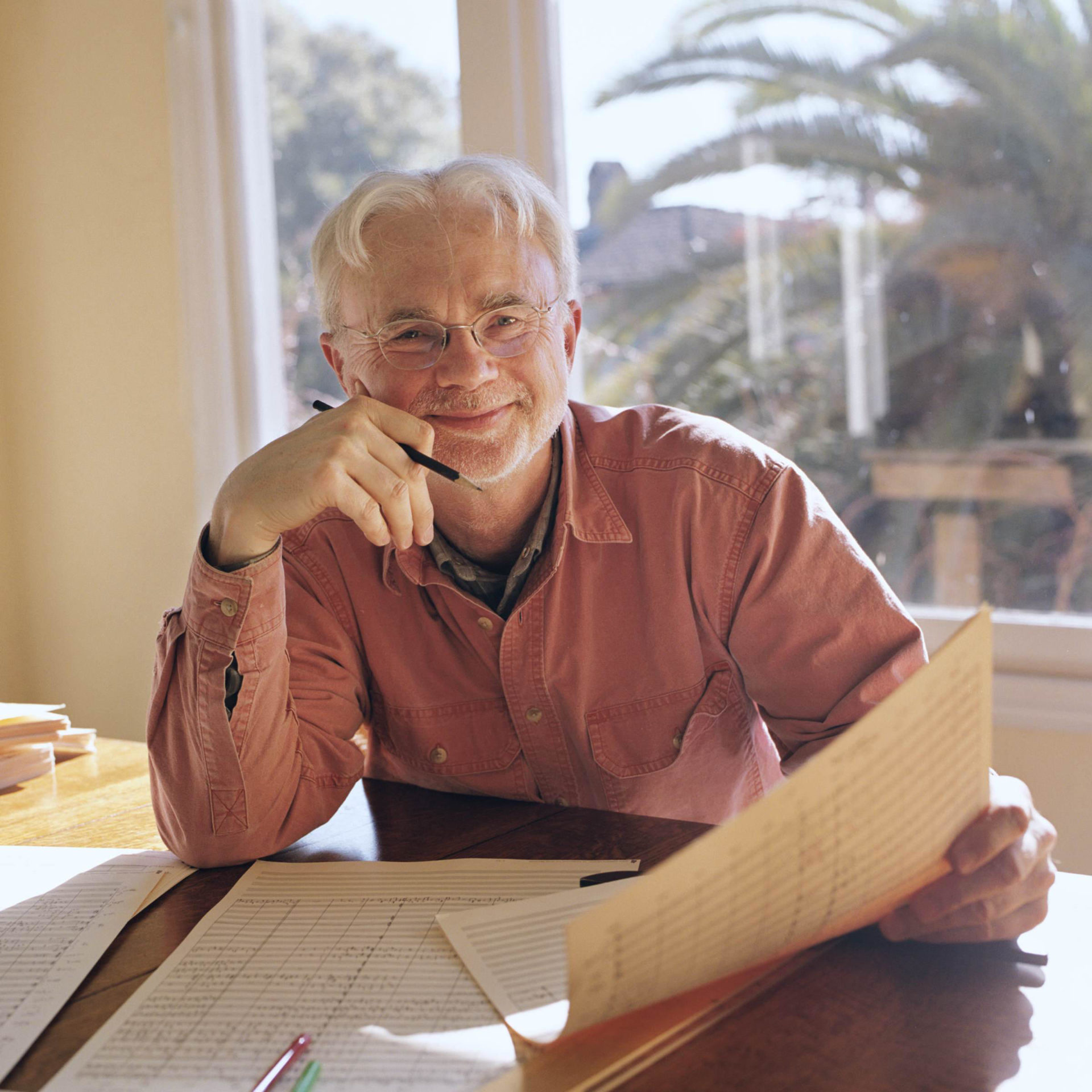the Nashville Symphony presents
the Subtle Similarities of Brahms, Dvořák, Adams and Ives
On the rainy weekend of October 25th, the Nashville Symphony performed a program that included works by Antonin Dvořák, Johannes Brahms, John Adams, and Charles Ives. The program reflected contemporaries and similarities between the two sets of composers: Dvořák and Brahms were true contemporaries, and Adams was highly influenced by the works of Charles Ives. Dvořák’s piece opened the show, a short five-minute orchestral work that expands upon the enticing style of Slovanic folk dance music. The set of eight dances is what brought international attention to Dvořák’s work, as he drew inspiration from the audience’s positive reaction to Brahms’s earlier Hungarian dances.

After a riveting introduction of Dvořák’s slovanic dance op. 46, no.1, the audience was on the edge of their seats as soloist Karen Gomyo took the stage for Brahms’s Voilin Concerto. Gomyo’s confident stage presence and flowing dress of sparkling cobalt blue commanded the audience as she took center stage, but did not distract from her effortless performance of the nearly forty-minute piece. The orchestra introduces the dramatic and triumphant opening, as Gomyo stood poised and ready to make her entrance. As dramatic and emotionally heightened as the first movement is, Gomyo’s intensity throughout each harmonic and dynamic shift of the piece was controlled and intentional. She moved and breathed with her instrument, a “Stradivarius violin of 1703 that was bought for her exclusive use by a private sponsor.” Her ability to exploit the contrasting themes of lyrical sorrow and strong emphatic phrases that develop through the first movement was captivating.
The concerto was written for Joseph Joachim, a virtuosic violinist in the late 1800s. Brahms capitalizes on the instruments higher register, as well as the instrument’s dramatic interjections after heightened drama by the orchestra. Brahms chose not to write a cadenza for the soloist, leaving it to Joachim – whose cadenza remains the most frequently performed. Gomyo’s cadenza brought the first movement to the final recurrences of the theme before its end. It was emotionally driven and showcased her amazing ability to soar and shimmer in the violin’s higher register and shift quickly into emphatic double-stops and runs of unending 16th-note phrases.
The second movement offered a strong contrast to the demands of the first; the soloist must capitalize on Brahm’s use of legato lyrical phrasing that is integrated flawlessly between the soloist and the orchestra. The two seemed to weave together, elaborating on where the other had just left off. Gomyo’s expressiveness in this rather simple piece was exquisite, and highly reflective of the sorrowful phrases that are written in.
As a strong contrast to the second movement, Gomyo entered strongly into a vigorous third movement that Brahms based on Joachim’s Hungarian roots. With highly syncopated phrases and metric dissonance, the third movement seems the most difficult to coordinate between an orchestra and soloist. With the confidence and effortlessness between Gomyo and conductor Giancarlo Guerrero, there was nothing for the audience to worry about. The coordination was playful, enjoyable for the audience, and brought the youthful energy that was intended for this final movement.

Even after performing this emotionally driven and intense concerto, Karen Gomyo sat in the audience behind me to watch the second half of the program, which was a solid contrast to her own. As the Brahms piece relied heavily on the string section, so did the Ives and Adams pieces use the brass section. The ethereal opening section of My Father Knew Charles Ives was a shift away from the upbeat closing movement that was heard before intermission. The piece is an homage to both Charles Ives and Adams’s father, both whom he admired. Adams was strongly influenced by Ives’ experimentation of polyphony, rhythm, and orchestral coloration. The piece shifts between orchestral unity and walls of sound where it seems like each individual instrument is playing its own theme. Guerroro’s careful consideration to the subtle nuances of each of these sections is what gives the piece complexity and character. The oboe was especially noteworthy, and Adams composes a long-winded solo melody in the second movement as the orchestra echoes.
Similarly to the Adam’s work, Three Places in New England by Charles Ives reflects events and places from the composer’s life. The opening theme is solemn and ominous, as well as the third and closing theme. Ives finds certain areas of the piece to insert familiar tunes of American music, which is highly characteristic of him. This program was carefully put together to truly showcase how each composer was influenced by the other. It was a subtle change between Ives and Adams, and the pieces seemed to mirror each other in theme, style, and orchestral placement. While Ives was influenced by places in his life, Adams was inspired by Ives himself, and by his own life. These autobiographical compositions could have easily been switched in the program to show the Ives composition in the early 1900s evolving into the Adams composition a decade later.
The gloomy Friday night was soon forgotten as soon as I stepped foot into the Schermerhorn and witnessed the impeccable coordination of Karen Gomyo and the Nashville Symphony. The program itself tells a story of the evolution of music from the mid-1800s into the present day. At first glance, these pieces seemed scattered, but the subtle similarities of each piece was expertly arranged and executed in this performance. The way music reflects the lives of those it is written by and can be perceived just as sentimentally by an audience is what makes these performances so special.


